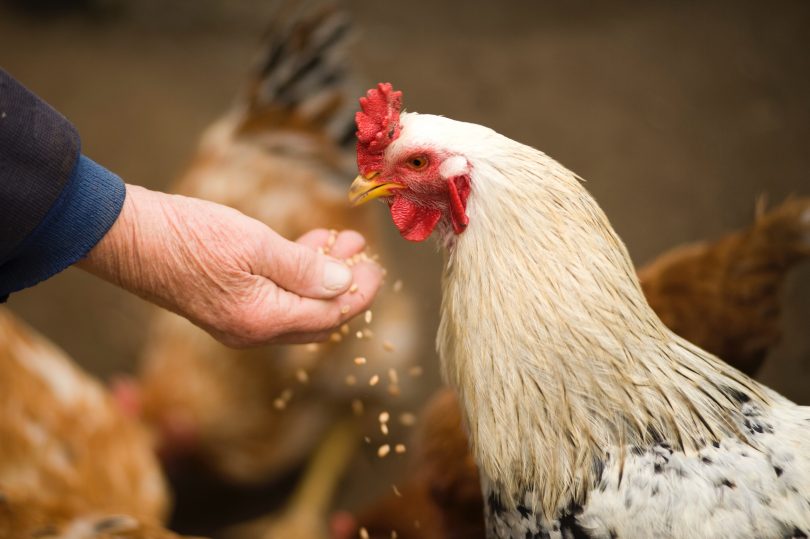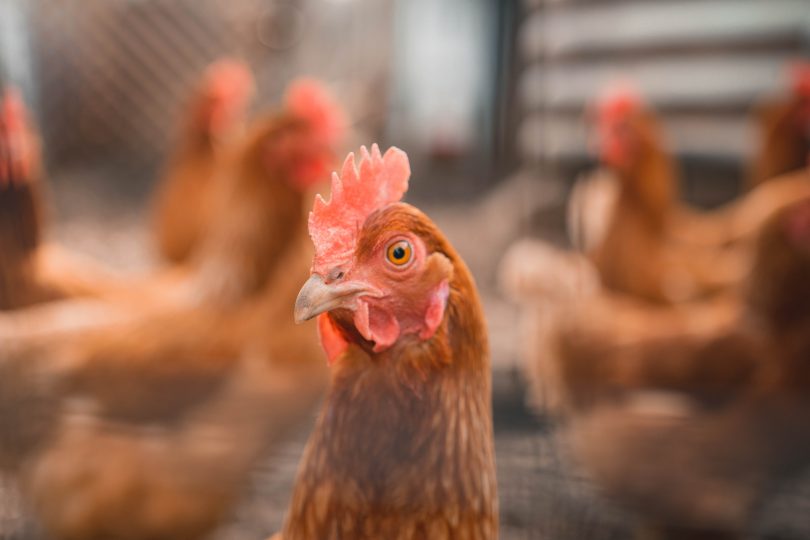
Photo: Achim Bongard, Pexelsanimal.
Add up all the world’s cats and dogs, cows and pigs and there would still be more chickens. Toss in every rat on earth and the chook still rules.
More than 20 billion chickens live on our planet, three for every human alive, and numbers are increasing.
Chooks are popping up in more and more backyards, schools and nursing homes… because chooks not only turn table scraps into eggs, they have great personalities and make wonderful companions.
If you and your family are part of this movement, Chook Chat is here with a few ideas to look after your flock in the coming months.
The chicken (Gallus gallus domesticus) is a type of domesticated fowl, a subspecies of the red junglefowl (Gallus gallus) from the dinosaur era.
Your chook house should mimic the forest as a safe and social resting place.
Coop placement in your garden design depends on many factors. If you want to keep them in an orchard, their scratching and excavations damage feeder roots, which then sucker, so place mesh on the ground around trees.
If you want to tractor chooks in the kitchen garden to build up your soil structure, a small one by two-metre enclosure for a few birds, moved daily, will create friable soil quickly. You can help them dig by forking the soil gently first, then cast a few grains into the crevices.
The final factor to remember in your coop placement is that your chickens are family members, they’re lovely to watch and hear, and they like to be near you!

Photo: Oleksandr Pidvalnyi, Pexelsanimal.
Chickens are affected by overcrowding. Their social etiquette requires room for them to run around and to flap their wings! As a minimum, allow one square metre of perch space per four chooks, and at least two square metres per chook for their outside day run. This provides space for dust baths, escape routes, roosters crowing and a sunny spot to rest together.
A walk-in coop is the ideal design to collect eggs and to allow you to inspect the perches and service the coop.
Nesting materials should not be hollow stemmed, because they provide a mite habitat inside the stem. Pine needles, many native grasses, shredded paper or wood shavings are best.
On each full moon, make time to service the flock and the coop.
Scrape perches and nesting boxes clean, then scrub with a 10:1 water-vinegar solution. Replace nesting materials and add aromatic herbs like rosemary, lavender and oregano to repel mites. On the same night, sneak in and paint your chooks’ legs with cooking oil to smother any leg mites.
A treatment of Super Mash feed supplement each full moon, gives them a boost of nutrients and probiotics for gut health and vitality. Ingredients in Super Mash, like sulphur and garlic, exude from the skin to deter lice and mites and prevent intestinal worms.
Chickens value a varied diet. Fresh green pick is essential. Grass clippings, sprouts, weeds and harvested leafy greens each day keep their digestive system healthy, yellow yolks and, if you eat some birds, green pick gives their meat local flavours.
Chooks love protein, especially during their autumn moult. Protein can include mealworms, meat scraps, garden worms and maggots. Keep logs and rocks in the day run where they can scratch for some of those treats.
You can also sprout grains which are soft and digestible and they give your chookies a living food to enjoy. To make sprouted grains just soak a half a bucket of wheat or barley in a bucket overnight. Drain and rinse at least once a day for three to four days until they start to sprout. Give generously.
Chickens can draw calcium out of their bones to make eggs, so during the laying season your girls need a calcium boost. Dry your eggshells over the week, pulverise in a blender and place in an elective feed container.
And please – take time to sit and watch your flock. Apart from being a calming and entertaining thing to do, you’ll notice flock dynamics and warning signs of health problems.
So grab your cup of tea, sit down and take pleasure in your chooks.

Photo: William Moreland.
Cheryl Nelson is the brains and heart behind Natural Chicken Health.
Subscribe HERE to the Natural Chicken Health Monthly Newsletter Vlog and follow Natural Chicken Health on Facebook.
Original Article published by Cheryl Nelson on About Regional.












